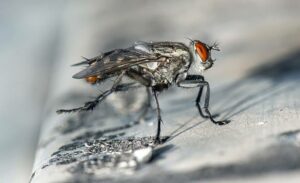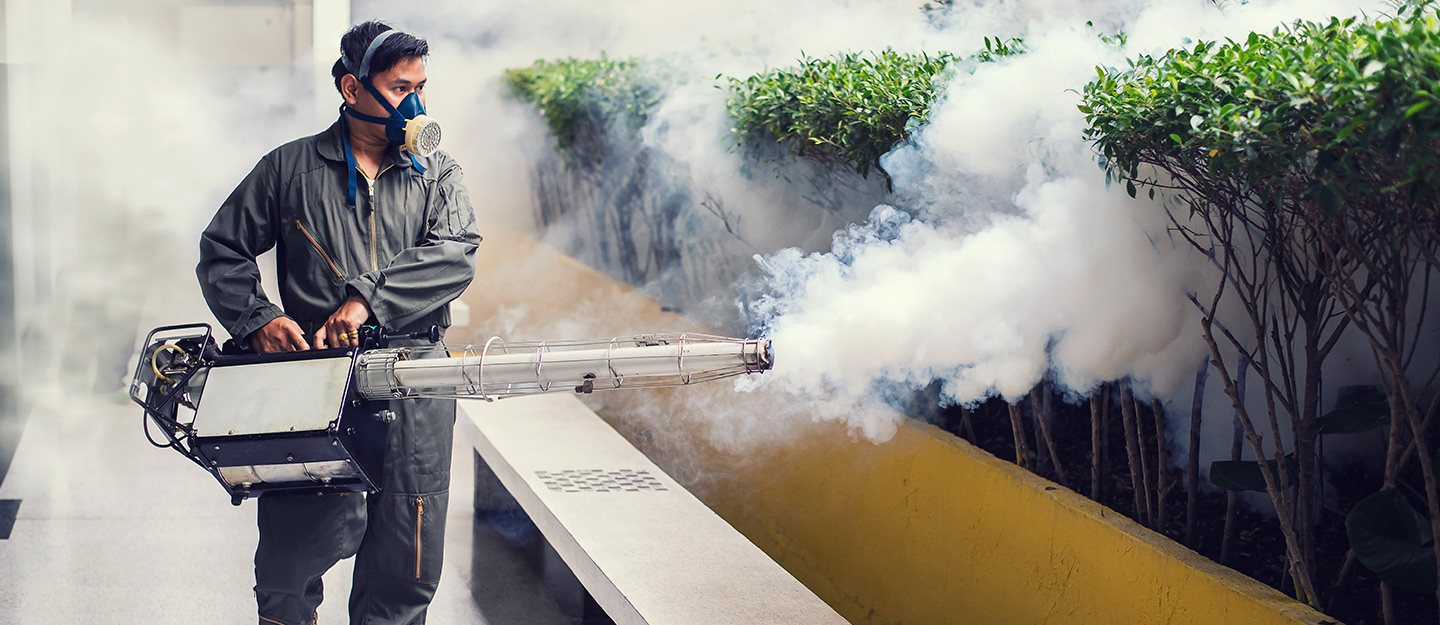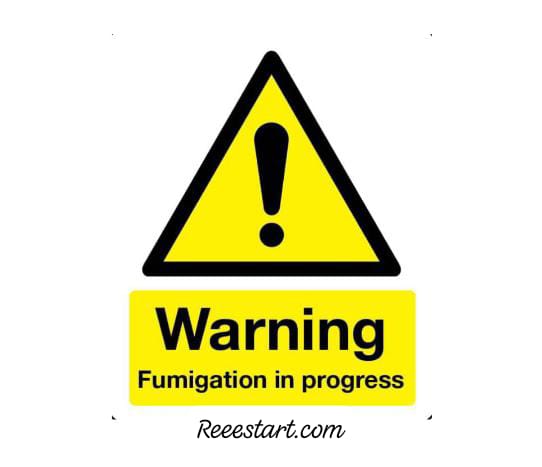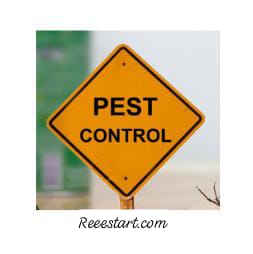Combating House flies is an important topic to discuss, As House flies particularly abundant in the summer, are not only annoying pests but also significant public health hazards. These repulsive flying insects gather on exposed food, transmitting numerous diseases and epidemics. This guide provides an in-depth understanding of house flies and outlines effective methods to combat them, including dealing with pesticide-resistant populations.
Importance of Understanding House Flies
Scientific and Common Identification:
- English Name: House Flies.
- Scientific Name: Musca domestica
There are approximately 100,000 species of flies worldwide, but only about ten species are commonly found in homes. The house fly is the most prevalent among these, often infected with a parasitic fungus from the genus Entomophthora.
Life Cycle of House Flies
House flies undergo a complete metamorphosis consisting of four stages: egg, larva, pupa, and adult:
- Egg
A female fly lays over 100 eggs at a time and can do so 5-6 times during her lifespan.
- Larva
Eggs hatch into larvae after one day, living in moist, organic material such as animal manure or garbage.
- Pupa
After feeding and growing, larvae transform into pupae.
- Adult
The complete development from egg to adult typically takes 10-14 days, with the adult fly living around 3 weeks depending on temperature.
Impact on Human Health
House flies are significant vectors of diseases, as they pick up pathogens from dirty places like garbage, sewage, and animal droppings. These pathogens are transferred to human and animal food through their feces, vomit, or body parts.
Diseases transmitted by house flies
There are several diseases transmitted by house flies include the following:
- Typhoid.
- Bacillary dysentery
- Cholera
- Anthrax
- Tuberculosis
- Children’s diarrheam
- Parasitic worms
Moreover, the tsetse fly, found only in southern Africa, transmits sleeping sickness.

Methods to Combat House Flies
there are several methods to combating House flies:
Environmental and Physical Control such as:
Sanitation
- Cover sewers well.
- Remove garbage and waste promptly.
- Maintain cleanliness within the home by not leaving exposed food or scattered remnants.
Traps
- Biological pheromone traps and bait traps for flying insects placed strategically throughout the home.
- Light traps, These include zappers and adhesive traps. Adhesive traps are recommended in food preparation areas to avoid dispersion of insect parts caused by zappers.
Chemical Control
- Aerosol Sprays.
- Readily available in supermarkets, these sprays contain insecticides in a gaseous form.
- Use with caution to avoid open flames due to their flammability.
Combating Pesticide-Resistant Flies
The overuse and improper application of chemical pesticides can lead to the development of pesticide-resistant house flies. Here are strategies to address this challenge:
Reducing Pesticide Use
- Limit pesticide application to essential cases.
- Avoid overuse to prevent resistance development.

Integrated Pest Management (IPM)
Monitoring
- Regularly inspect for fly presence and activity.
Environmental Control
- Eliminate moisture sources and maintain cleanliness to reduce breeding sites.
Physical Control
- Use traps to reduce fly populations without chemicals.
Rotation and Variation in Pesticides
Annual Insecticide Rotation
- Alternating between categories such as pyrethroids and organophosphates helps prevent resistance.
Formulation Rotation
- Use different formulations like powders, concentrates, emulsifiable concentrates, tablets, granules, and aerosols annually.
Mechanical Control
- Utilization of all possible mechanical methods to manage adults and larvae.
- Application of residual sprays in breeding and larval sites.
Effectively combating house flies requires a multifaceted approach, combining sanitation, biological, physical, mechanical, and chemical control methods. By implementing these strategies and being mindful of pesticide resistance, we can mitigate the health risks posed by house flies and maintain a cleaner, safer environment.




